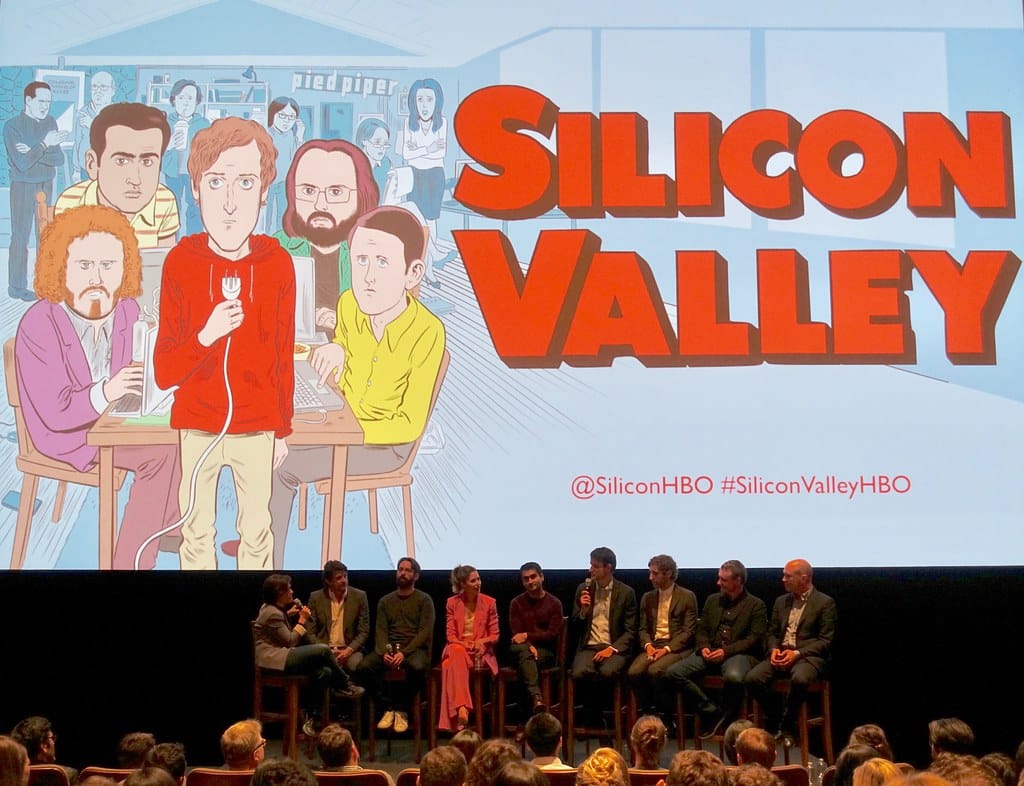Developer Creates Real-World Ad Blocker for Snap Spectacles, Sparking Privacy Debate
A clever developer has taken ad blocking to the physical world, creating software that automatically blurs billboards and advertisements when viewed through Snap's Spectacles AR glasses. The project highlights growing tensions between digital advertising and user autonomy as augmented reality becomes mainstream.
The Real-World Ad Blocker Revolution
Developer and privacy advocate Louis Barclay has engineered what might be the first functioning real-world ad blocker, specifically designed for Snap's Spectacles smart glasses. The application uses computer vision and machine learning to identify outdoor advertisements, billboards, and commercial signage in real-time, then overlays digital effects to obscure them from the wearer's view.
The project, dubbed "AdNauseam AR," represents a significant leap from traditional browser-based ad blockers that have dominated desktop and mobile experiences for over a decade. Instead of blocking digital ads on screens, Barclay's creation targets the physical advertising infrastructure that surrounds us daily.
How It Works: Computer Vision Meets Consumer Hardware
The ad blocker operates through Snap's Spectacles development platform, leveraging the device's built-in cameras and processing power. The software employs machine learning algorithms trained to recognize common advertising formats, including:
- Highway billboards and transit advertising
- Storefront signs and promotional displays
- Event sponsorship banners
- Digital outdoor advertising screens
When the system identifies an advertisement, it applies real-time visual effects—ranging from subtle blurring to complete pixelation or artistic overlays. Users can customize the blocking intensity and even replace ads with user-generated content or nature imagery.
Early testing footage shared by Barclay shows the system successfully identifying and obscuring dozens of advertisements during a walk through Times Square, one of the world's most advertising-dense environments.
Industry Implications and Advertiser Concerns
The development has sent ripples through the $500 billion global advertising industry, particularly among out-of-home (OOH) advertising companies that rely on guaranteed visibility for their campaigns.
"This technology could fundamentally undermine the value proposition of physical advertising space," warns Sarah Chen, director of media strategy at GroupM. "If consumers can simply make billboards disappear, it challenges decades of location-based advertising investment."
The outdoor advertising industry, valued at approximately $50 billion annually, depends on the principle that physical ads cannot be easily avoided like their digital counterparts. Major OOH companies including Clear Channel Outdoor and JCDecaux have yet to comment publicly on the development.
Privacy Advocates Celebrate Digital Autonomy
Digital rights organizations have praised the project as a powerful tool for reclaiming visual space from commercial interests. The Electronic Frontier Foundation noted that the ad blocker represents "user agency in an increasingly commercialized physical environment."
Privacy researcher Dr. Jennifer Martinez from Georgetown University's Privacy Lab explains the broader implications: "We're entering an era where the line between digital and physical advertising blurs completely. Tools like this ensure users maintain some control over their visual environment, even in public spaces."
The project also raises questions about the future of AR advertising. As tech giants like Apple, Meta, and Google prepare consumer AR devices, the precedent of real-world ad blocking could influence how these platforms balance advertiser interests with user preferences.
Technical Limitations and Future Development
Currently, the ad blocker faces several technical constraints. Battery life on Spectacles drops significantly when running the computer vision algorithms, limiting practical usage to 2-3 hours. The system also struggles with certain advertising formats, particularly those integrated into architectural elements or featuring unconventional layouts.
Barclay acknowledges these limitations while expressing optimism about future iterations. "As AR hardware becomes more powerful and efficient, real-world ad blocking will become seamless and ubiquitous," he predicts.
The Road Ahead: Regulation and Adoption
Legal experts anticipate potential challenges to real-world ad blocking technology. Some jurisdictions may attempt to regulate AR applications that interfere with commercial advertising, though enforcing such restrictions would prove technically difficult.
The success of traditional ad blockers—used by over 760 million devices worldwide according to GlobalStats—suggests strong consumer demand for advertising control tools.
Key Takeaways
Barclay's real-world ad blocker represents more than a technical novelty—it's a preview of how augmented reality will reshape the relationship between consumers, advertisers, and public space. As AR technology matures and becomes mainstream, expect continued innovation in user-controlled filtering tools alongside industry pushback from advertising stakeholders.
The project ultimately poses a fundamental question: In an increasingly digital world, who controls what we see?
